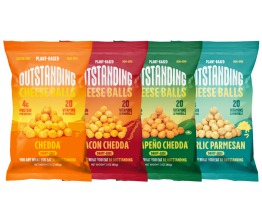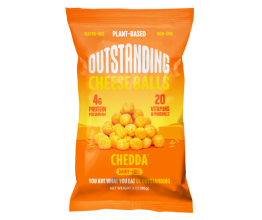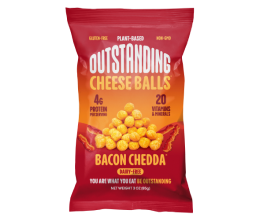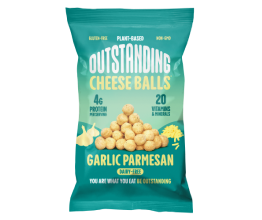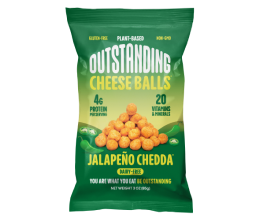How Food Choices Impact the Environment
Every day, we are reminded of the impact humans have on this environment, whether it be the rapidly fluctuating climate outside our window or the rising prices and decreasing availability of food in the grocery store.
In the past, ecological management based itself on the idea that, “the solution to pollution is dilution.” The idea was that anything toxic could be diluted to a point where it was no longer a problem.
Further research and experience, however, has shown us the opposite.
Our choices directly impact the world around us, and our food choices in particular have a heavy impact on our environment. Let’s take a look at just how powerful our food choices are when it comes to our planet.
How Food Is Produced
It’s easy to forget that the products we buy in grocery stores are the culmination of several resources. Water, fertilizers, and farming equipment are just a few of the resources tapped to produce everything from apples to avocados.
Water especially plays a key role in the environmental impact of our food: the more water a food consumes, the more of a toll it takes on our global resources. Believe it or not, water is a finite resource! And the amount of water required for produce vs. livestock varies greatly.
For example, one pound of beef requires about 2,036 gallons of water. That’s nearly four times as much as one pound of chicken — and 50 times as much as most vegetables!
Furthermore, corn is the number one grown crop in the United States, making up over 90 million acres of farmland, but the large majority of this crop (nearly 50%) is strictly used as livestock feed. This means a significant portion of farmland, in addition to a significant portion of water, is dedicated to the production of one food product: meat.
Animals also produce a significant amount of waste in the form of manure and methane, a potent greenhouse gas. As meat continues to dominate our food choices, more animals are raised to meet demand, and those animals thereby continue to increase the amount of greenhouse gasses in our atmosphere.
Xenobiotics
Runoff from rain and irrigation carries pesticides and fertilizer into streams and rivers where they find their way into local plants and wildlife. These runoff compounds, often called xenobiotics, accumulate in the bodies of both plants and animals and have disastrous consequences.

As xenobiotics accumulate within organisms, they can create hormonal anomalies which can radically change the function and behavior of these organisms’ organs — to the point where the organism may no longer be able to reproduce or even feed itself.
The scariest part for us is that we humans are a part of this food chain. By drinking the same water and consuming the same food as other organisms, we are subject to the same hazards. In fact, there is significant evidence that our bodies are showing signs of significant bioaccumulation of the poisons from these xenobiotics.
How Food Gets to Us
In our globalized society, we’re used to having all types of foods available year-round. We often forget that our foods are highly dependent on the regions in which they grow and the time of year that they are harvested.
Our food choices, therefore, include the environmental impact of packaging and transportation. The carbon footprint from transporting mangoes from Mexico to Maine, for example, is by no means small.
And don’t forget all of the plastic that all too often covers our produce. Even if those cherry tomatoes are local, the single-use plastic bag or carton that they’re housed in is one of millions used — and discarded — in the blink of an eye, making its way to a landfill where it will sit for 1,000 years and release toxins as it slowly decomposes.
The easy solution? Opt for reusable bags. Look for produce that’s not prepackaged in plastic (or anything, if possible). These foods are often easier to find at local farmers markets, but it’s also possible to use reusable bags at your local grocery store! You can also shop for produce when it’s in season and grown locally.
How Our Food Choices Can Change the World
Despite how big the world seems sometimes, we can make positive, lasting change with the food choices we make everyday. Through these choices, we can communicate to the producers and providers of our food that we care about making the environment a priority.
The International Panel on Climate Change (IPCC) has recently stated that adopting a diet that includes less red meat (or is meat-free altogether) can be one of the greatest food choices we make to combat climate change.
By eating foods when they are in season, by buying food locally, and opting for reusable bags, we can decrease the carbon footprint of our grocery bill by reducing pollution from transportation and packaging waste.
As famous ecologist Patrick Geddes once said, “Think globally. Act Locally.” We can change the world when we work on the simple things close to home. The food choices we make today have consequences that ripple into tomorrow.
Make the Pigless Pork Rinds from Outstanding Foods one of your positive food choices! Find them at a store near you.
